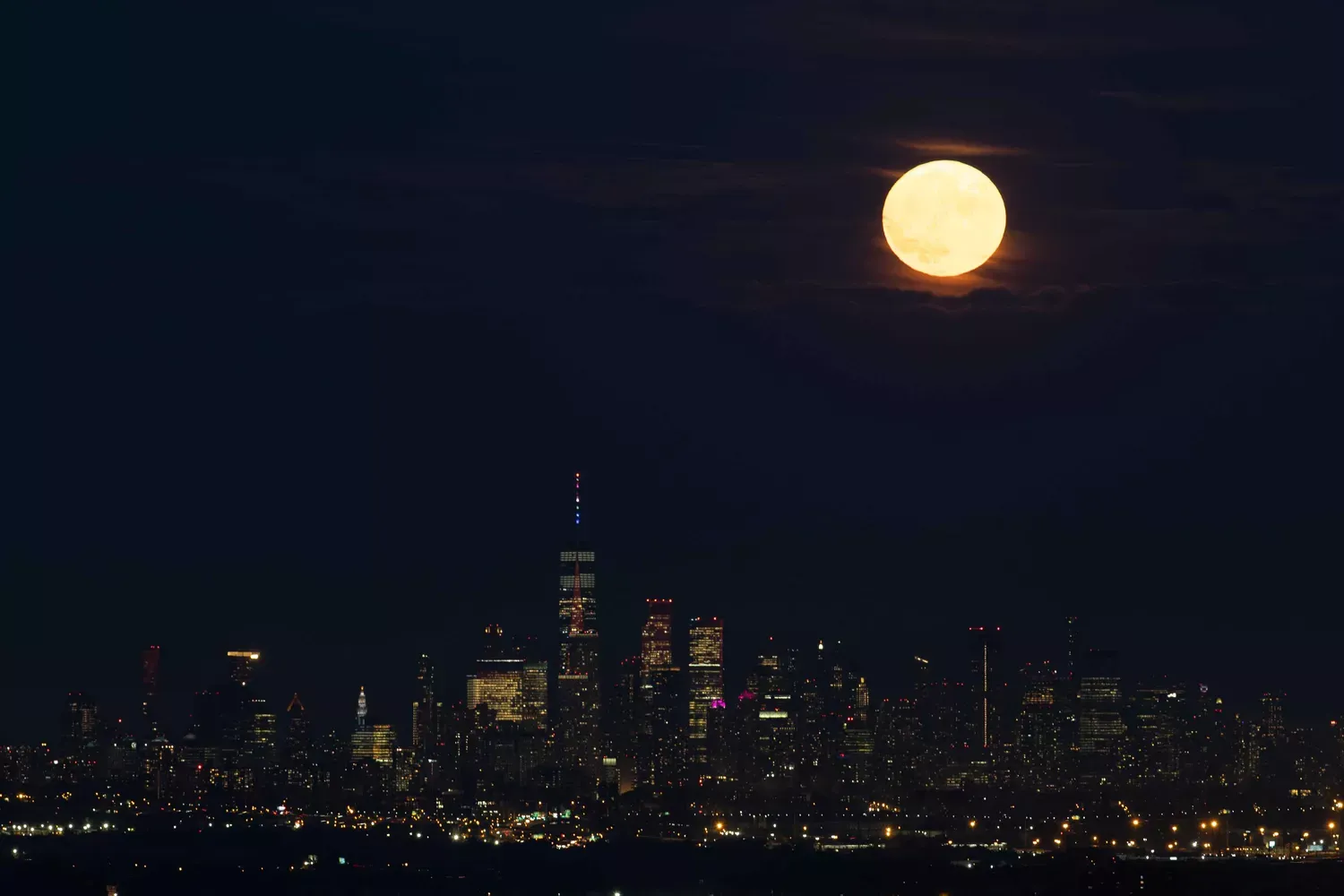Get ready for spectacular astronomical events this July! The first supermoon of 2023 graces our skies, promising a brighter, larger lunar view. Alongside, catch a glimpse of the Delta Aquariids meteor shower, offering streaks of light. Keep an eye out for other celestial pairings and opportunities for stargazing. A month filled with wonders for astronomy enthusiasts!
The Buck Moon: July's Shining Star (and More!)
July's full moon, traditionally known as the Buck Moon, will reach its peak illumination on July 3rd. This year, it’s extra special because it’s a supermoon! What does that mean? A supermoon occurs when the full moon coincides with the moon's closest approach to Earth in its orbit (perigee). This makes the moon appear significantly larger and brighter in the sky than a typical full moon. You can expect to see a lunar disc that looks roughly 7% bigger and 15% brighter than an average full moon. Prepare for a breathtaking sight!
But the Buck Moon is just the beginning. Here's a rundown of other exciting celestial events happening in July:
July 2023 Astronomical Events: A Calendar of Cosmic Wonders
To help you plan your stargazing adventures, here's a handy calendar of the key astronomical events to watch out for this month:
| Date | Event | Description | Best Viewing Time |
|---|
| July 3rd | Supermoon (Buck Moon) | The first supermoon of 2023, appearing larger and brighter than usual. | After sunset, peaking around midnight. |
| July 9th | Venus at its Brightest | Venus reaches its greatest illuminated extent, shining brilliantly in the morning sky. | Before sunrise, look towards the eastern horizon. |
| July 20th | Moon and Saturn Pairing | The waning gibbous moon passes close by Saturn, creating a beautiful conjunction in the night sky. | Late evening into the early morning hours. |
| July 28th & 29th | Delta Aquariids Meteor Shower | This moderate meteor shower produces a decent number of meteors, particularly visible from the Southern Hemisphere. | After midnight, peaking in the pre-dawn hours. Look towards the constellation Aquarius. |
Tips for Viewing the Supermoon and Other Astronomical Events
To make the most of your stargazing experience, keep these tips in mind:
- Find a Dark Location: Light pollution can severely diminish your view of the night sky. Head to a rural area away from city lights for the best results.
- Check the Weather: Clear skies are essential for optimal viewing. Consult your local weather forecast before heading out.
- Give Your Eyes Time to Adjust: It takes about 20-30 minutes for your eyes to fully adjust to the darkness. Avoid looking at bright lights (including your phone screen!) during this time.
- Use Binoculars or a Telescope: While the supermoon is visible to the naked eye, binoculars or a telescope can enhance your viewing experience and reveal more details. A telescope is particularly useful for viewing Saturn and its rings.
- Download a Stargazing App: Apps like SkyView Lite or Star Walk 2 can help you identify constellations, planets, and other celestial objects in the night sky.
- Bring a Blanket or Chair: You'll likely be spending some time outdoors, so make sure you're comfortable.
Why is the Supermoon Special?
The supermoon holds a special place in the hearts of stargazers and casual observers alike. Its increased size and brightness make it a captivating sight, easily visible even from urban areas. It's a reminder of the vastness and beauty of the universe, and an opportunity to connect with the natural world. Beyond its visual appeal, the supermoon also has cultural significance. For centuries, different cultures have attributed myths and legends to the full moon, often associating it with fertility, abundance, and transformation.
Looking Ahead: More Supermoons to Come!
If you miss the Buck Moon supermoon, don't worry! July is just the beginning. We have three more supermoons gracing our skies in August and September. Mark your calendars for these upcoming events: August 1st, August 31st (a Blue Moon!), and September 29th. Happy stargazing!


















